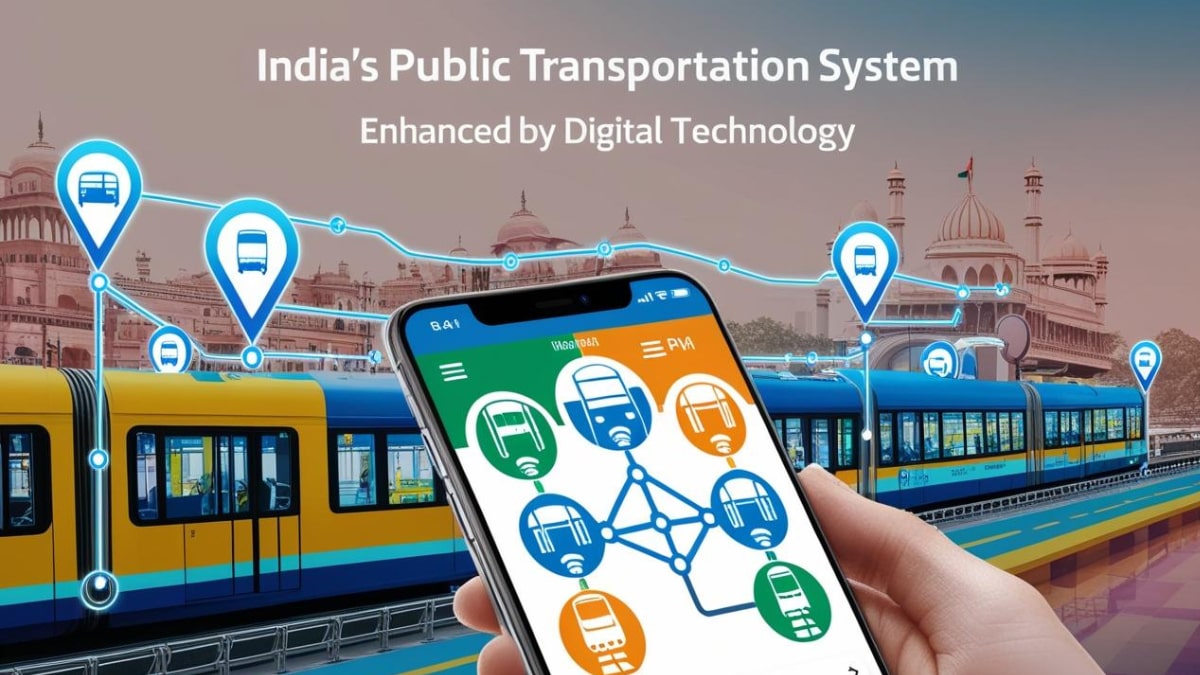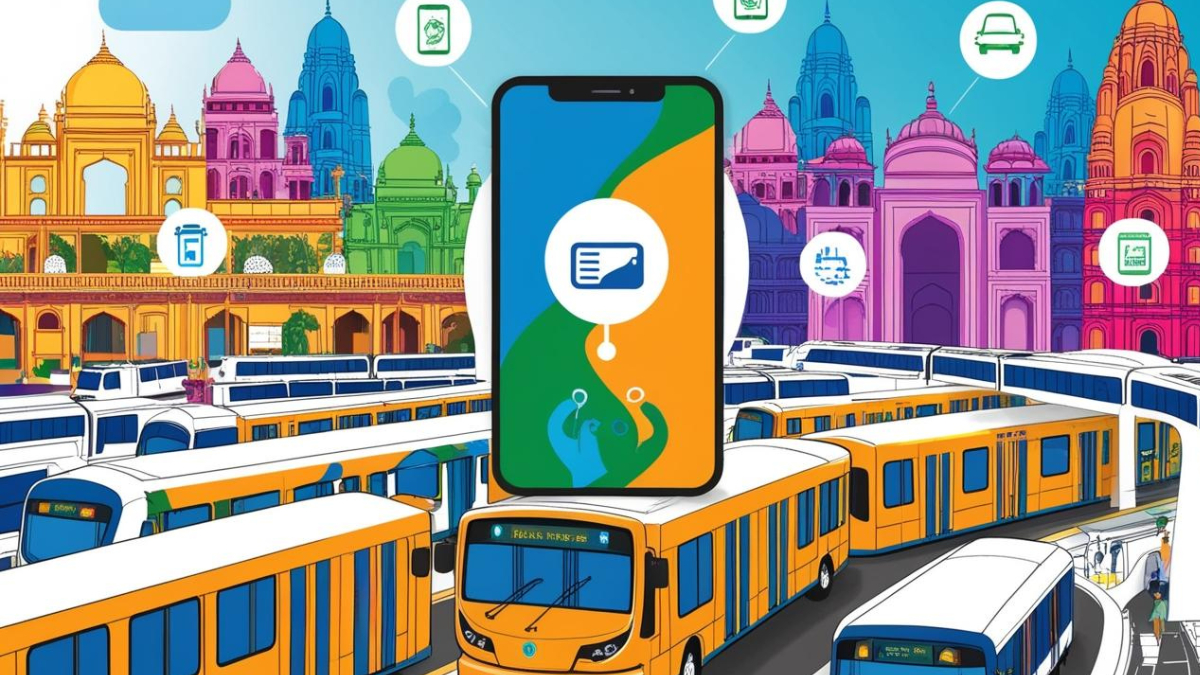How ONDC is Revolutionizing Public Transportation in India

India’s public transportation sector is undergoing a digital transformation, largely driven by the Open Network for Digital Commerce (ONDC). By creating a unified digital platform that connects passengers, transport providers, and various stakeholders, ONDC is reshaping how Indians commute, making transportation more accessible, efficient, and affordable. This guide explores how ONDC is bringing revolutionary changes to public transportation, with a particular focus on convenience, integration, and user empowerment.
What is ONDC?
ONDC, or the Open Network for Digital Commerce, is a government-led initiative in India that aims to democratize digital commerce by standardizing online transactions across various sectors, including public transportation. With ONDC, travelers can find, book, and pay for transport services from multiple providers on a single digital platform, bypassing the need to rely on individual apps for different transport modes. This network is part of India’s effort to promote a decentralized digital economy and improve ease of access for millions of citizens.
For a more in-depth understanding of ONDC, check out our beginner’s guide: What is ONDC? A Beginner’s Guide to the Open Network for Digital Commerce.
The Role of ONDC in Public Transportation
ONDC’s impact on public transportation is multi-faceted, offering several benefits:
- Integration of Services: ONDC connects buses, metros, trains, taxis, and bike rentals on a single platform. Commuters can plan seamless trips using multi-modal transportation, reducing the hassle of managing various apps.
- Increased Accessibility: This platform benefits not only urban but also rural commuters by bridging gaps in connectivity and offering localized transport options that can be accessed through various service providers.
- Enhanced Affordability: By integrating multiple operators, ONDC allows commuters to compare fares, find the best deals, and reduce overall travel expenses, encouraging the use of public transportation.
Key Features of ONDC for Public Transport Users
Unified Payment System
ONDC supports a variety of payment methods on its platform, including UPI (Unified Payments Interface), digital wallets, and traditional payment gateways. This function removes the need for monetary transactions, which makes the booking process easier and more simple.
To see how ONDC works with popular public transit solutions, such as the YATRI app, visit our blog: ONDC and the YATRI App: Making Public Transport More Accessible for Everyone.
Transparency in Pricing
ONDC allows consumers to compare prices for numerous transportation alternatives and select the one that best suits their budget. This transparency not only encourages fair competition among service providers, but it also enables commuters to make educated judgments regarding cost-effective transportation options.
Enhanced Data Security and Privacy
ONDC prioritizes data security and ensures users’ personal and payment information is secure, adhering to the strict data protection standards. This is particularly reassuring for users who may be wary of sharing sensitive details online.
Impact of ONDC on Public Transportation in India
1. Encouraging Use of Public Transport
By improving accessibility, ONDC has made public transportation more appealing and user-friendly. As the network simplifies and unifies travel, more people are likely to adopt public transit, reducing road congestion, pollution, and travel costs.
2. Boosting the Economy and Employment
ONDC creates job opportunities by increasing demand for a variety of services in transportation, logistics, and tech. This impact on employment is further strengthened by the increase in ridership on public transport, which calls for better infrastructure and a larger workforce.
3. Supporting Sustainability and Green Initiatives
Public transportation is a more environmentally friendly option compared to private vehicles. By encouraging a shift towards shared modes of transport, ONDC helps reduce carbon emissions. Integrating electric and eco-friendly vehicles within the network will further contribute to sustainability goals.
4. Increasing Digital Literacy
As people from all walks of life use ONDC to book and pay for transport services, they become more comfortable with digital platforms. This contributes to an increase in digital literacy across different demographics and geographies in India, helping bridge the digital divide.

Challenges and Future Outlook of ONDC in Public Transportation
1. Infrastructure and Connectivity
For ONDC to succeed, reliable internet connectivity and robust infrastructure are necessary. Rural areas, where connectivity is often limited, may face challenges in accessing ONDC services. To overcome this, the government is focusing on improving digital infrastructure.
2. Adoption Among Stakeholders
The success of ONDC hinges on the willingness of transport operators to join the platform and adopt its standards. Incentives for small and regional transport providers to join ONDC can increase adoption, but initial resistance is common due to the costs and changes required.
3. User Adoption and Digital Inclusivity
ONDC’s model depends on user adoption, which can be a challenge in areas where mobile phone usage and digital payments are low. However, as smartphone penetration continues to rise in India, more users are expected to benefit from ONDC.
4. Long-Term Sustainability
ONDC’s long-term success will depend on its ability to evolve alongside India’s public transport demands. This will include expanding services, maintaining affordable fares, and continuously improving the user experience through technological innovations and strategic partnerships.
ONDC as a Game-Changer in Public Transportation
ONDC is making strides in transforming public transportation across India by creating a unified platform that integrates multiple modes of transport. By simplifying payments, offering real-time information, and promoting cost-effective travel options, ONDC not only enhances the commuter experience but also contributes to broader goals of economic growth, sustainability, and digital inclusivity. With continued support and expansion, ONDC has the potential to become a foundational component of India’s public transport ecosystem, enabling millions of people to navigate cities and towns with ease.
As ONDC expands, its collaboration with transit-focused apps like YATRI will be essential to its mission. Learn more about how ONDC is already making public transit more accessible in our article: ONDC and the YATRI App.
Dated November 2, 2024

.png)
